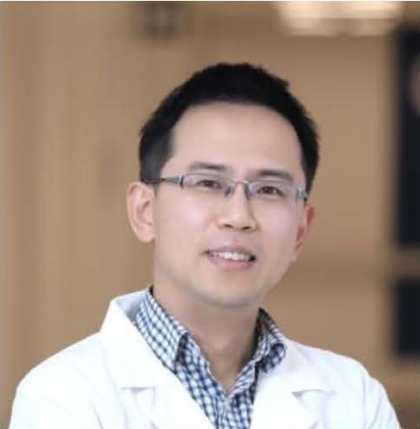Institute for Computational Medicine: Peng Jiang

Description
Peng Jiang, a Stadtman investigator at the National Cancer Institute's Cancer Data Science Laboratory, will give a talk titled "Big Data Approaches to Study Intercellular Signaling During Tumor Immune Evasion" for the Institute for Computational Medicine and Department of Biomedical Engineering.
This is a hybrid event; to attend virtually, use the Zoom link for the live webcast.
Abstract:
My talk will present three computational frameworks we developed to study cytokine signaling activities and cell-cell communications during the antitumor immune response. The basic immunology tool to study cytokine signaling mostly measures cytokine release, which is transient and does not represent downstream target activities. Therefore, we first developed the CytoSig platform, providing a database of target genes modulated by cytokines and a predictive model of cytokine signaling cascades from transcriptomic profiles. We collected 20,591 transcriptome profiles for human cytokine, chemokine, and growth factor responses. This atlas of transcriptional patterns induced by cytokines enabled the reliable prediction of signaling activities in distinct cell populations in infectious diseases, chronic inflammation, and cancer using bulk and single-cell transcriptomic data. CytoSig revealed previously unidentified roles of many cytokines, such as BMP6 as an anti-inflammatory factor. Then, based on CytoSig, we developed Tres, a computational model utilizing single-cell transcriptomic data to identify signatures of T cells that are resilient to immunosuppressive signals. Tres reliably predicts clinical responses to immunotherapy in multiple cancer types using bulk T cell transcriptomic data from pre-treatment patient tumors or infusion/pre-manufacture samples for cellular immunotherapies. Further, Tres identified FIBP as a candidate immunotherapy target to potentiate adoptive cell therapy efficacies. Last, I will briefly show our SpaCET framework for deconvolving cell fractions and identifying cell-cell interactions in tumor spatial transcriptomics data.
Who can attend?
- Faculty
- Staff
- Students







